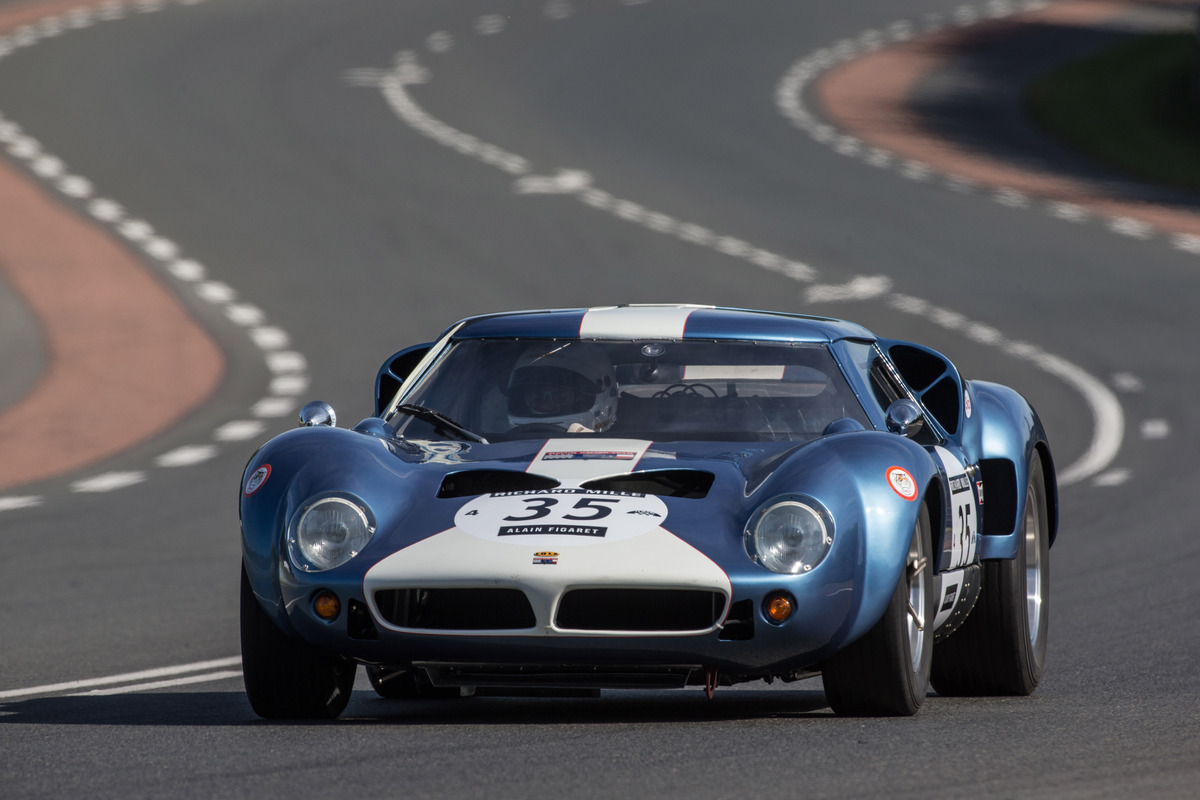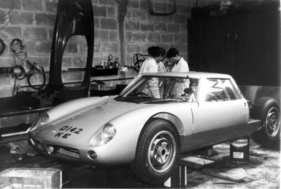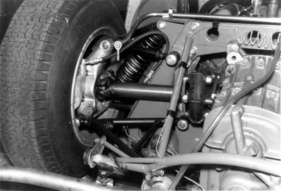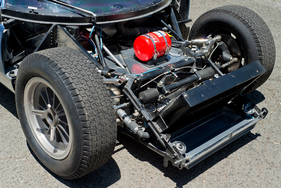Technology in a racing car (10): Lola Mk6 GT - racing car blueprint for the future
Summary
With the Lola Mk6 GT, Eric Broadley developed the model for many successful sports car GT prototypes of the second half of the sixties: aluminium monocoque, mid-engine, lightweight plastic body, optimized aerodynamics. The Ford GT40 can also be seen as a further development of the original Lola GT and shows that the concept was right. This article from the series "Technology in racing cars from 1958 to 1978" describes the design of the Lola Mk6 GT from 1963.
This article contains the following chapters
- Accident at Le Mans
- The little ones show the big ones
- Pioneer
Estimated reading time: 6min
Preview (beginning of the article)
The years 1958-1978 were the two most creative decades in the history of racing technology. This series portrays the most innovative, pioneering and exotic designs of Formula 1, Indy cars, sports cars and CanAm, and at the same time traces the major lines of development that still have an impact today. The series started with Lotus, one of the most important innovation drivers of these two decades. And the series will also finish with Lotus: With the first ground-effect Formula 1 to win a world championship in 1978, the Type 79. A saloon lion as a gene pool for a Le Mans winner? What a career! When the Lola Mk 6 GT appeared at the "Olympia Racing Car Show" in January 1963, it looked absolutely futuristic at the time. The public and the press were electrified: "The Lola makes a Ferrari Berlinetta look like a truck", "the obvious potential of the car takes your breath away" - the press struggled for words.
Continue reading this article for free?
Photos of this article
















































































